Description
Find out the Best practices in Graphic Design and how to Put Them Into Action!
Learn Adobe Photoshop, Illustrator, and InDesign in depth with over 15 hours of instruction. You may learn to design like an expert with the help of examples and templates based on real-world scenarios.
Check Out Some of the Rave Ratings.
“What a fantastic class! I now have a solid grasp of design theory and can use those ideas in practice. Strongly recommended!” by Susan Johnson
Even though I’ve been doing graphic design professionally for years, I feel I’ve learned much more thanks to this course. The course is well-organized, and the professors are really helpful. It’s well worth the money!” “- John Smith
“Even though I had no prior experience with graphic design, I found this course straightforward. Now I’m making patterns I never would have dreamed I could make before. You’re welcome. by Maria Rodriguez
I’ve taken many graphic design classes, and this one is the finest. Teachers go through everything from the fundamentals to advanced methods, and the templates offered are fantastic. Strongly suggest!” David Lee
Introduction of Graphic Design Course
We hope you like this first installment of our graphic design primer! You may expect to have a firm grasp of the foundations of graphic design and advanced topics like Blueprint theory, equipment, education, and portfolio and interview preparation.
This series is excellent for anybody thinking about entering the area of graphic Blueprint or who is just curious about it. Come with me as we learn about the fascinating field of graphic Blueprint and develop the abilities you’ll need to succeed in this competitive industry like freelancing or sell your Blueprints on different platforms.
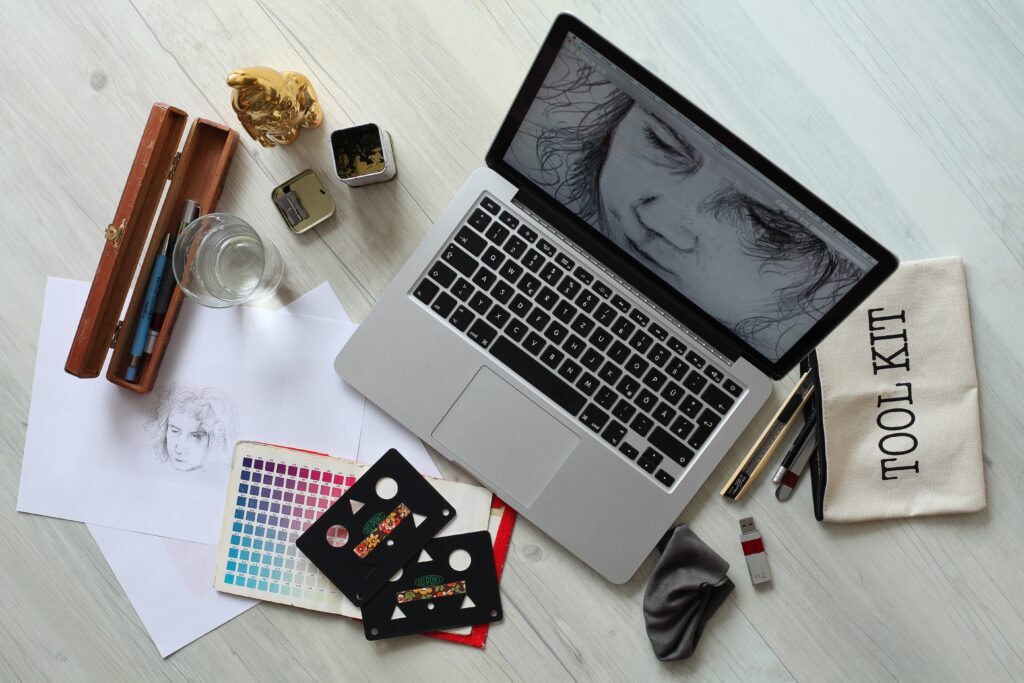
Many of my viewers, especially those considering a career in Multimedia Blueprint, have asked me, “What is graphic design?” and I’ll be answering that topic here. This may seem like a silly inquiry, but responding in a few words can be challenging without providing some context. Multimedia blueprint creates visual material to convey information or messages to a specific audience. But of course, that’s just the beginning. Look at graphic blueprint to see whether it’s the perfect career option for you.
Multimedia design was formerly defined as mixing text and images in printed media such as ads, periodicals, and books. However, Multimedia Blueprint is much more than this one term suggests. Based on my professional experience, I will explain Multimedia blueprint from my point of view in this essay. Precisely what is it that graphic designers do? First, we’ll cover the groundwork of Multimedia Scheme.
Graphics may describe anything visual that has to do with creativity and self-expression. It includes visual arts, including painting, drawing, engraving, and typography, that are meant to be read literally by their viewers. On the other side, Blueprint is developing a strategy for an intended visual output. Therefore, Multimedia designers use these two to produce visual content that conveys a message or provides information to a target demographic. This is only the beginning, however, Regarding Multimedia Scheme.
The graphic part of Multimedia Blueprint consists of individual images that form the basis of the whole. Line, color, shape, texture, space, form, and typography are all examples of visual components. As designers, we use these components to produce aesthetically pleasing layouts and successfully convey the message they were designed to bring. Multimedia designers also engage in “design,” the creative process phase whereby the final product’s form and function are conceptualized and planned. Design is a fundamental part of the graphic Scheme process since it involves the conscious and planned production of a result.
Multimedia Blueprint is more than just an eye for aesthetics; it requires analytical thought, problem-solving skills, and a pragmatic approach. To make good layouts, you need a firm grasp of Scheme theory. Multimedia designers must adhere to design principles, which are criteria for arranging visual components. All good layout adheres to these criteria, which are intrinsically linked. Creating meaningful work is guaranteed when the designer fully grasps blueprint theory. Contrast, hierarchy, alignment, balance, proximity, repetition, simplicity, and function are all essential layout elements to remember. We build engaging and practical designs in graphic layouts by mixing visual components and layout concepts.
To produce a piece of visual communication that fulfills a particular function, Multimedia artists combine visible components and Blueprint principles. Although the ability to sketch, paint, or quickly Scheme a logo or poster on a computer is helpful, this is not all that is involved. Multimedia blueprint is more than just making something appear excellent; it also entails creatively organizing and presenting information in an easy-to-understand and helpful way. Multimedia artists use various methods and resources to communicate effectively with their target demographic. The result is a professional-grade piece of writing. That performs as expected.
You must know what you’re trying to say or show to make good Multimedia Blueprints. We then set out to find a way to convey the desired message clearly via study, thought, imagination, and developing a solution or notion. Layout, color, typography, and other creative tools are all part of the layout process, which aims to make something functional and aesthetically pleasing.
This used to be accomplished on paper using a pencil or paintbrush. However, thanks to technological progress, today’s Multimedia artists may choose from many sophisticated computer programs that streamline and improve every aspect of the layout process. The ultimate purpose of Multimedia Scheme is to produce an image that successfully conveys a message or concept to a target audience.
Multimedia Blueprint’s influence and reach have grown due to technological advancements. Creating and disseminating visual communication has become more straightforward as technology such as the printing press, computers, cameras, and printers have improved. Advertising, branding, online and interface Scheme, magazine layout, packaging, TV and motion graphics, infographics, signage, art installations, and digital art are just a few of the many digital and print mediums that rely heavily on Multimedia artists today.
As a graphic artists, you’ll likely use your skills in one or more of these areas, whether you’re starting or a seasoned expert. Multimedia Blueprint’s impact extends well beyond commerce, permeating fields as diverse as pop art, political cartooning, and commercial illustration. If you’re considering a Multimedia blueprint career, know there are many outlets for your creativity and chances to make a difference.
Multimedia Blueprint is the theoretical and practical intersection of creative expression and technical skill. To produce assertive visual communication, you, as a graphic artists, must find a way to balance these competing needs. The visible components and Blueprint concepts are the backbone of any good Multimedia Blueprint.
The purposeful organization and display of information are at the heart of Multimedia Scheme, which we defined and discussed in this post. Even though it’s often connected with advertising, graphic blueprint may teach and motivate. We will learn more about layout theory and the many visual components of Multimedia Blueprint in the forthcoming weeks. We’ll move on to the next optical element, “Line,” now. Remember to check back for updates.



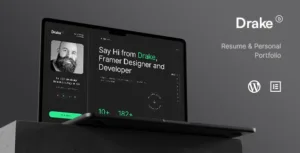

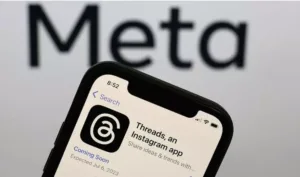

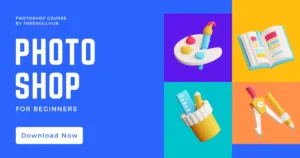


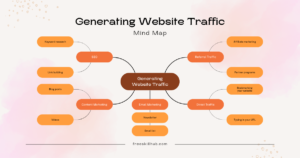

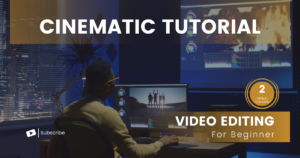
One Response
I have visited whole website and i highly recommended that anyone can easily learn from this website and earn very good living also can share this website with friends and class fellows.